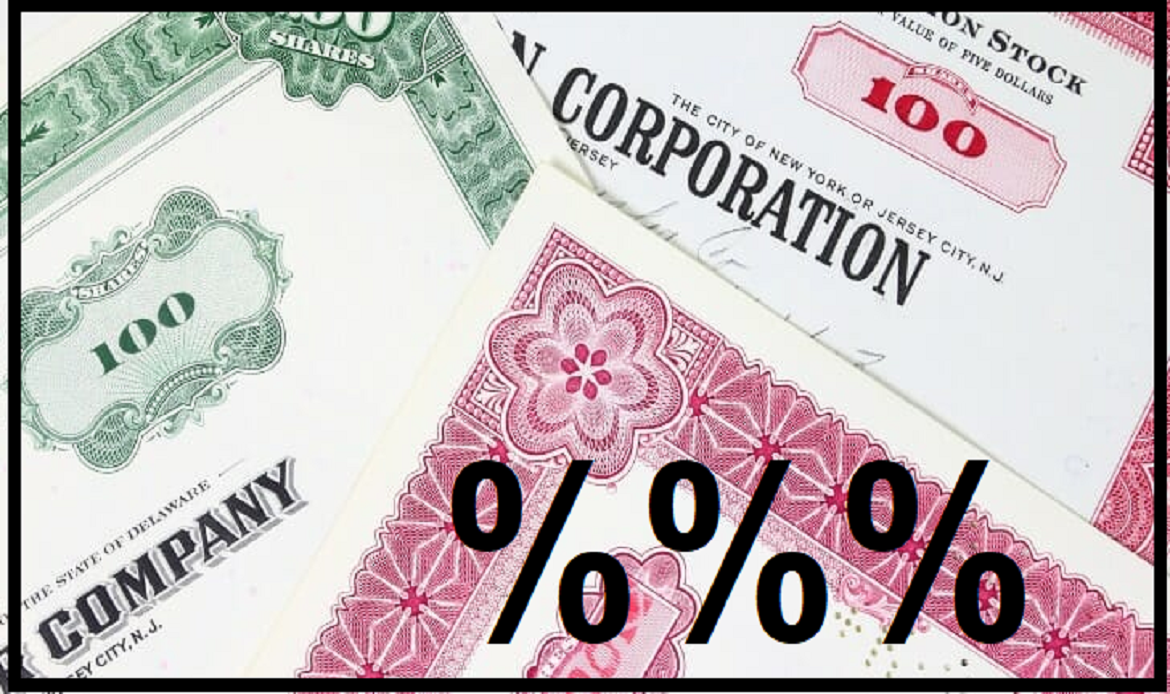A market situation that is marked with falling asset prices that impact the supply of credit by financial intermediaries, leading to further asset sales (asset sell-offs) and decreases in asset prices, and so, in the fashion of a “self-induced” spiral: lower prices induces liquidations, which put further downward pressures on prices. As market liquidity dries up, margin requirements could also be increased, exacerbating existing losses and eventually creating a liquidity spiral.
A liquidity spiral is sparked by a liquidity crisis where the market faces a shortage in liquidity. In turn, a liquidity crisis may be sparked by an economic shock (an unexpected or unpredictable event that impacts an entire economy, such as a wide-spread natural disaster, war and pandemic). In most liquidity crises, bad sentiment, fear and uncertainty play a major role, resulting in a mutually reinforcing liquidity spiral especially involving two types of liquidity: market liquidity and funding liquidity.
Liquidity spirals are divided into two main types: loss spirals and haircut spirals (margin spirals).
Liquidity spirals are also referred to as a liquidity black hole.






